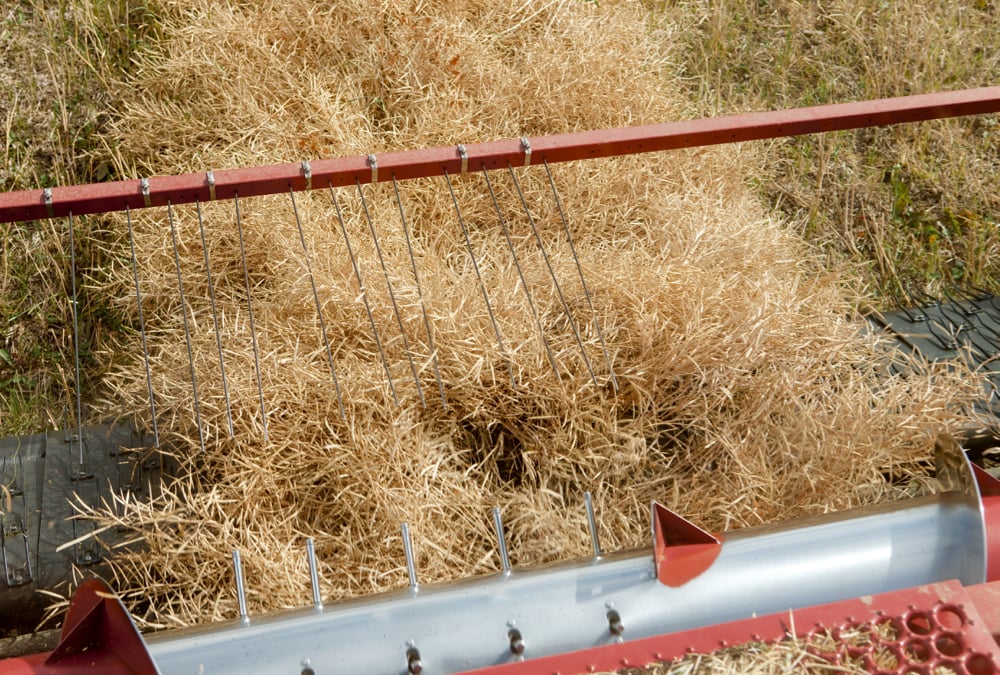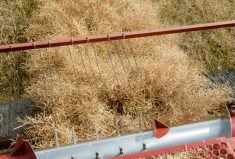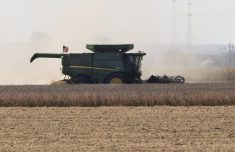Canadian hog producers will be required to change sow housing space and methods as detailed in the Code of Practice for the Care and Handling of Pigs officially released today.
Elimination of gestation stalls and crates was among the most controversial items in the code while it was being developed, with humane societies and some consumers demanding open housing and producers objecting to the cost of extensive renovations that such housing would require.
The code, released by the National Farm Animal Care Council, requires that as of July 1, all new or rebuilt barns will have group housing for mated sows and gilts.
Read Also

Alberta harvest wrapping up: report
Harvest operations advanced to 96 per cent complete in Alberta as of Oct. 7, with only a few late-seeded cereal and canola fields remaining, according to the latest provincial crop report.
Individual stalls may be used for short periods after breeding and those stalls have specific space requirements.
As of July 1, 2024, all sows and gilts must be group housed and have greater freedom of movement.
The Canadian Pork Council called the new code “a significant step forward for the Canadian industry.”
Pork producer Florian Possberg, who chaired the 17-member committee that devised the code, noted the debate surrounding stalls in particular and animal welfare in general.
“It is a step that recognizes the healthy and rigorous debate of a diverse group of stakeholders to constructively address pig welfare in Canada,” he said in a news release.
The Canadian Federation of Humane Societies, which was represented on the code committee, called the new code “a watershed moment,” while expressing disappointment that gestation stalls would not be immediately eliminated.
“Fortunately, retailers and consumers are more aware than ever about animal welfare and are pushing the market hard to completely eliminate gestation stalls,” said CFHS chief executive officer Barbara Cartwright.
A number of food chains have developed policy to buy pork only from operations that do not use the stalls.
Darcy Fitzgerald, executive director of Alberta Pork, referred to producer costs resulting from the new code in a news release from that organization.
“Progress is important, but it can also be pricey. It will require that all sectors of the industry participate, from processors to retailers to food service, as well as consumers and humane societies, to support the efforts of producers,” Fitzgerald said.
The new code also requires producers to use anesthetic and analgesics when castrating piglets older than 10 days. As of July 1, 2016, pain medication will be required when castrating pigs of any age.
Pigs must also be provided with “enrichment” in their environments. Recommendations on that include toys such as cloth strips or balls, straw dispensers and contact with other pigs.
The code can be found at www.nfacc.ca/codes-of-practice/pigs.

















